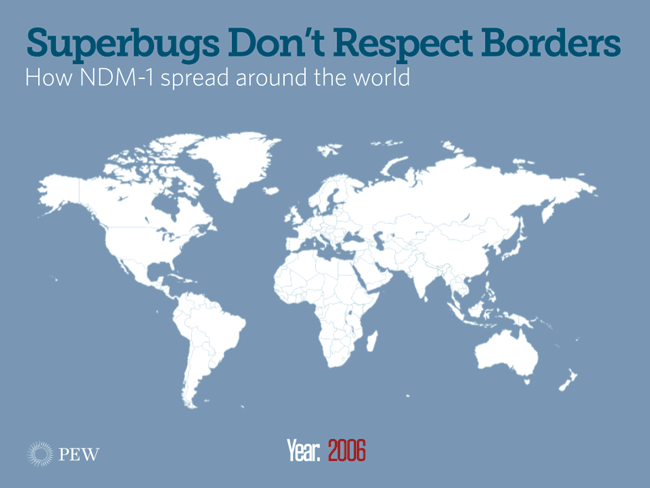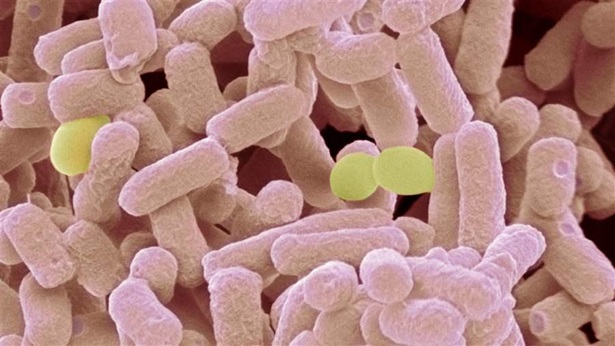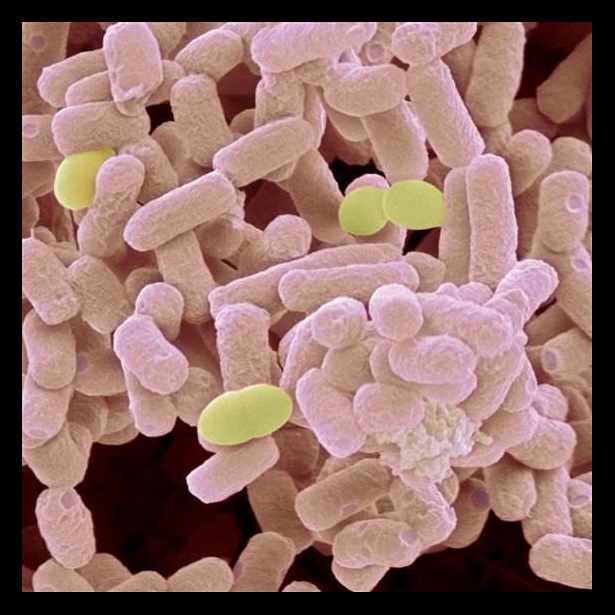Superbugs Don’t Respect Borders
Combating the growing threat of antibiotic resistance must remain a top global priority
The recently reported outbreak of a deadly new type of antibiotic-resistant pneumonia in Hangzhou, China, has once again raised alarm around the world about the growing specter of an untreatable superbug. While not yet identified outside of China, it is likely just a matter of time.
This new type of multidrug-resistant and highly transmissible pneumonia is the most recent example of increasingly dangerous bacteria. It follows on the heels of other alarming new types of antibiotic resistance discovered in recent years, such as mcr-1 and NDM-1. The latter spread to more than 80 countries in just a few years after its initial identification in the mid-2000s (see map below). These outbreaks are a sobering reminder that when antibiotic resistance develops anywhere, it is a threat to people everywhere.

Note: Comprehensive review of literature informing the GIF was conducted in early 2017. Further questions on methodology can be directed to the project at [email protected].
To help address this growing concern, there have been some promising advances. At last year’s United Nations General Assembly high-level meetings, all 193 member countries agreed to develop national action plans to combat antibiotic resistance. However, sustained efforts and building on international momentum will be critically important in the global fight against superbugs. New, increasingly resistant and dangerous bacteria will continue to emerge, and when they do the world must be ready.
Kathy Talkington directs The Pew Charitable Trusts’ antibiotic resistance project.


America’s Overdose Crisis
Sign up for our five-email course explaining the overdose crisis in America, the state of treatment access, and ways to improve care
Sign up

New Type of Antibiotic Resistance Raises Alarm
Questions and answers about the recently discovered bacterial gene


This video is hosted by YouTube. In order to view it, you must consent to the use of “Marketing Cookies” by updating your preferences in the Cookie Settings link below. View on YouTube
This video is hosted by YouTube. In order to view it, you must consent to the use of “Marketing Cookies” by updating your preferences in the Cookie Settings link below. View on YouTube










